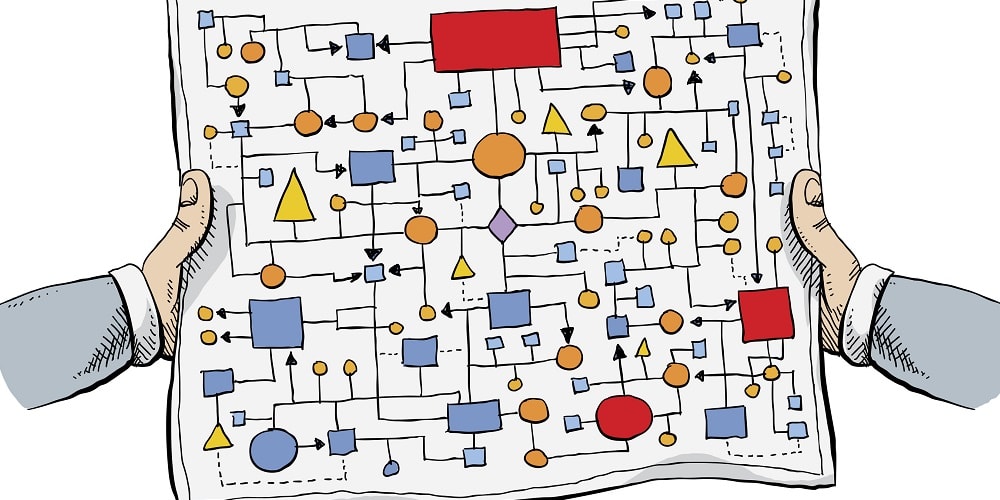
Organizations are under enormous pressure to use existing core business systems more effectively and efficiently. Budgets may shrink, but information technology (IT) departments are still expected – perhaps more than ever – to deliver the increased business value required for growth.
Though many organizations are renegotiating pricing and exploring opportunities to send certain services to low-cost locations overseas, application development and maintenance costs may still account for more than 50 percent of the IT budget. As a result, organizations are reducing head count as the final feasible solution.
However, there are methods that IT departments can take to increase efficiency without resorting to layoffs. Lean concepts, traditionally applied in manufacturing settings, also make sense for reducing costs in IT development and maintenance. When it is applied throughout the software development life cycle, a Lean assessment strategy can help trim the fat and eradicate waste.
Primarily, the goal of IT is to develop, support and enhance business services that deliver value to the organization and its customers. While software systems should satisfy business requirements at the agreed cost within the established timeframe, it is often difficult to estimate the cost and time needed to develop new and increasingly complex software applications. Hence, poorly understood projects are consistently late and over budget. This results in waste, including extra inventory, unnecessary functionality and maintenance backlogs throughout the execution life cycle.
Most importantly, a Lean assessment will establish a baseline to determine the resources available and to identify the non-value-added activities at both the group and practice levels. The assessment can also identify management’s strengths, weaknesses and priorities.
Mapping the Value Stream
One of the first steps in a Lean deployment is the usage of value stream mapping, a tool that identifies all value-added and non-value-added steps in the flow of material and information as a product or service makes its way through a process. Value stream maps can be used to understand what IT activities and resources are absolutely necessary to create value, and can help identify and stop waste in an organization.
When determining which areas of the value stream to map first, a good starting point is to select product and service (application development and maintenance) families based on their strategic importance to the parent organization and its customers. In other words, begin with the areas that provide the most service value, and require or produce the most volume.
For IT departments, this would include all the steps in software development, maintenance and production support processes (requirements gathering, analysis, testing, etc.). With a value stream map, the software development team can take a step back and rethink the flow of a new application development or maintenance request at any point in the process – from the early stages of gathering requirements to the implementation process.
These maps will be helpful to compare and recommend which types of waste to be addressed first, based on available data. The waste categories can then be further stratified to an appropriate level of detail to calculate the overall operation time and overall wasted time.
Determining Value
Next, each process step should be categorized under three areas: 1) customer value-added, 2) non-value-added or 3) business value-added. To help determine how each step should be categorized, here are some basic questions to ask during the process:
Customer Value-added – What is the actual transformation process core to the service that the customer is paying for? This could be an engineering processes or information transformation.
Non-value-added – What is pure waste? For example, changes in business requirements during development, application bugs, wait times and so on.
Business Value-added – What elements are required even though they do not add value from the customer perspective? Also known as “non-negotiable waste,” this can include information used internally, such code documentation. This has nothing to do with customer value but is vital to the operation of the company.
Fundamentally, poor integration between business requirements and IT projects adds a significant amount of waste to subsequent development and execution processes. An analysis of the steps in the application development process can reveal opportunities for improving productivity by up to 50 percent.
Tracking Progress
Finally, the establishment of metrics and dashboards can track progress of waste elimination and IT value generation. Senior management should do monthly reviews to evaluate metrics and resolve any roadblocks to implementation.
Though there are plenty of challenges to implementing a Lean assessment in an IT department, a gradual adoption of the above approach at the group or cluster level can improve productivity immensely. This focused effort will not only drive down costs, but also better position the organization to become more profitable.